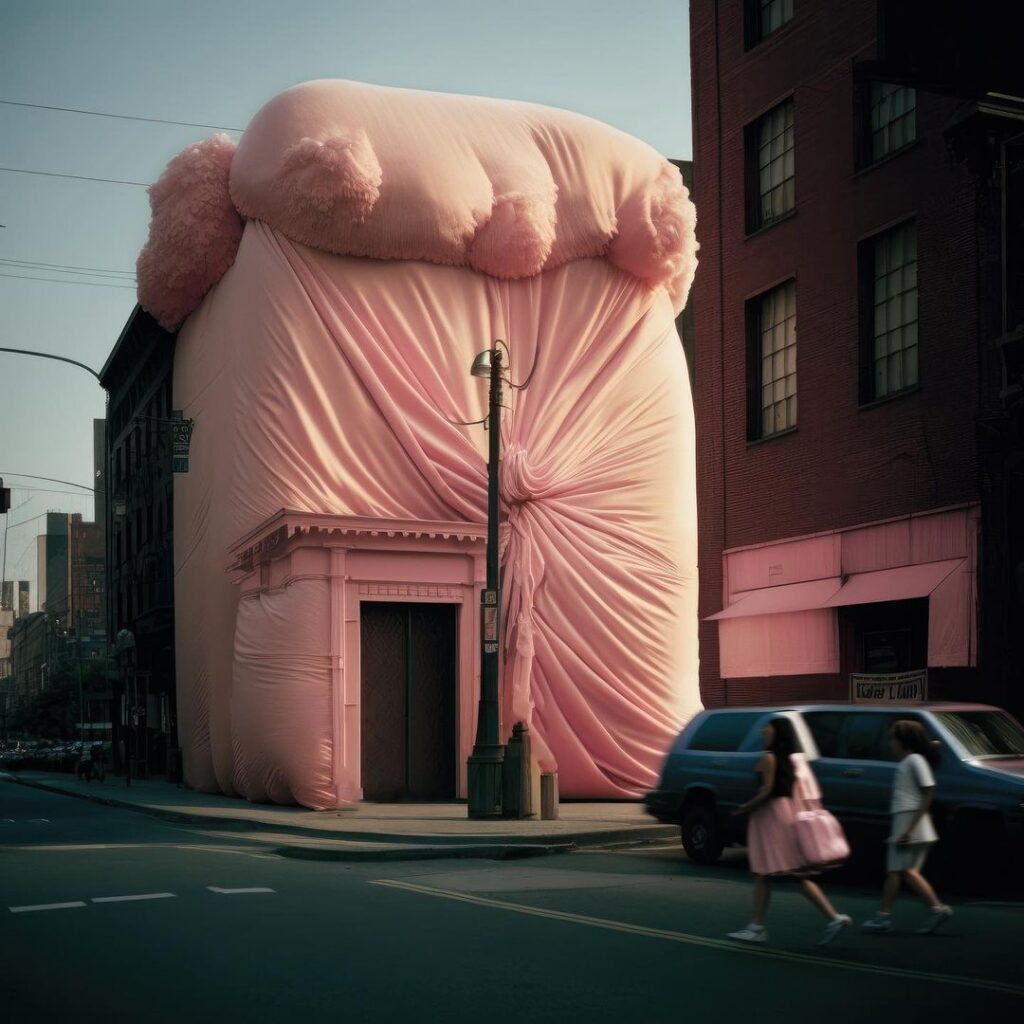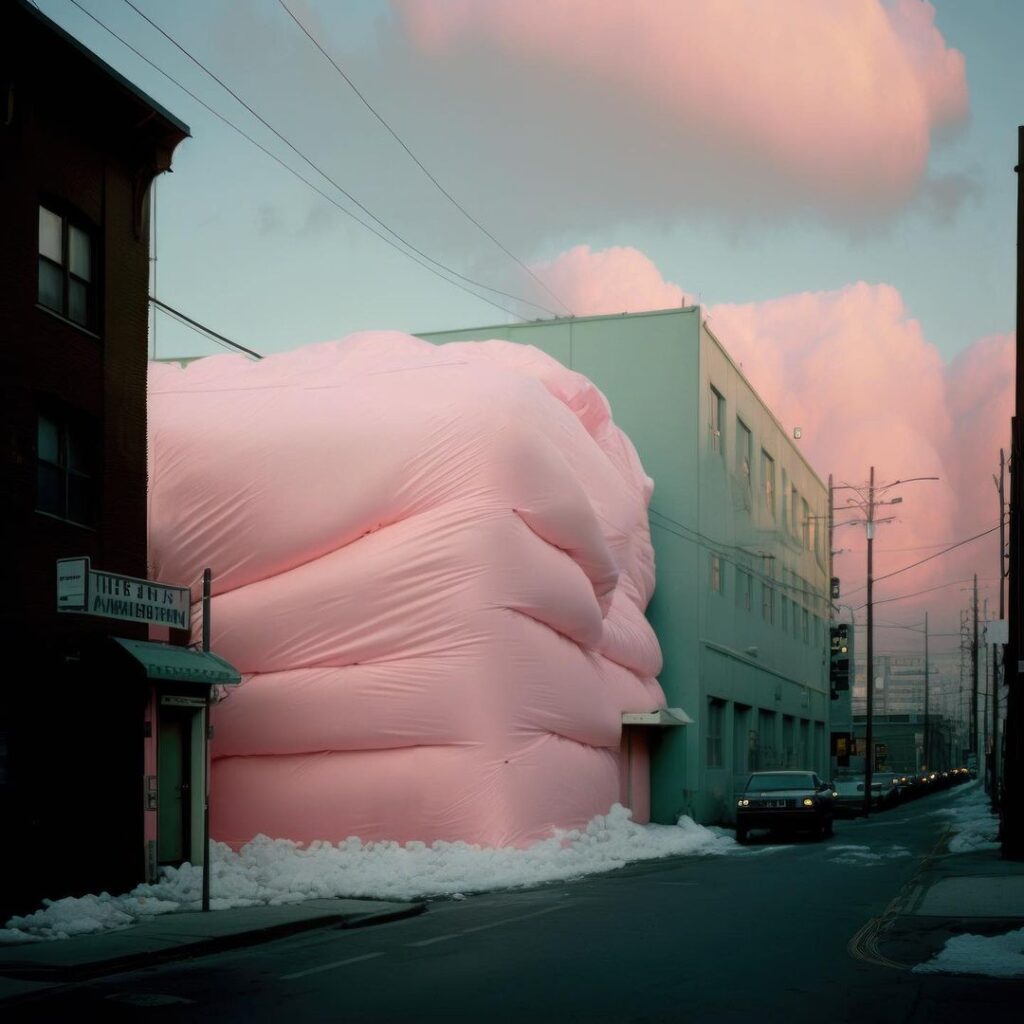Redesigning the architectural design
Better, faster and disrupted – this is the current technology state in the creative industry. The innovation is on the rise and it’s happening right in front of us, in some parts of the industry it has really shaken up status quo; like the architectural design. The great need for repetitive tasks and vast information processing actions that architectural design is full of, should welcome the Artificial Intelligence with open arms, to say the least. This is also said to be true in any design-related job that requires solving problems and making decisions based on data and visuals as the main pillars. Is is true though? Let’s take a closer look at how or if at all it is the case.
A great example of an artist that is already one step, if not a few steps ahead of the competition is tAiD, Muhammad Taimur Mian, a Pakistani designer who has adopted the generative AI and got truly fascinating results.
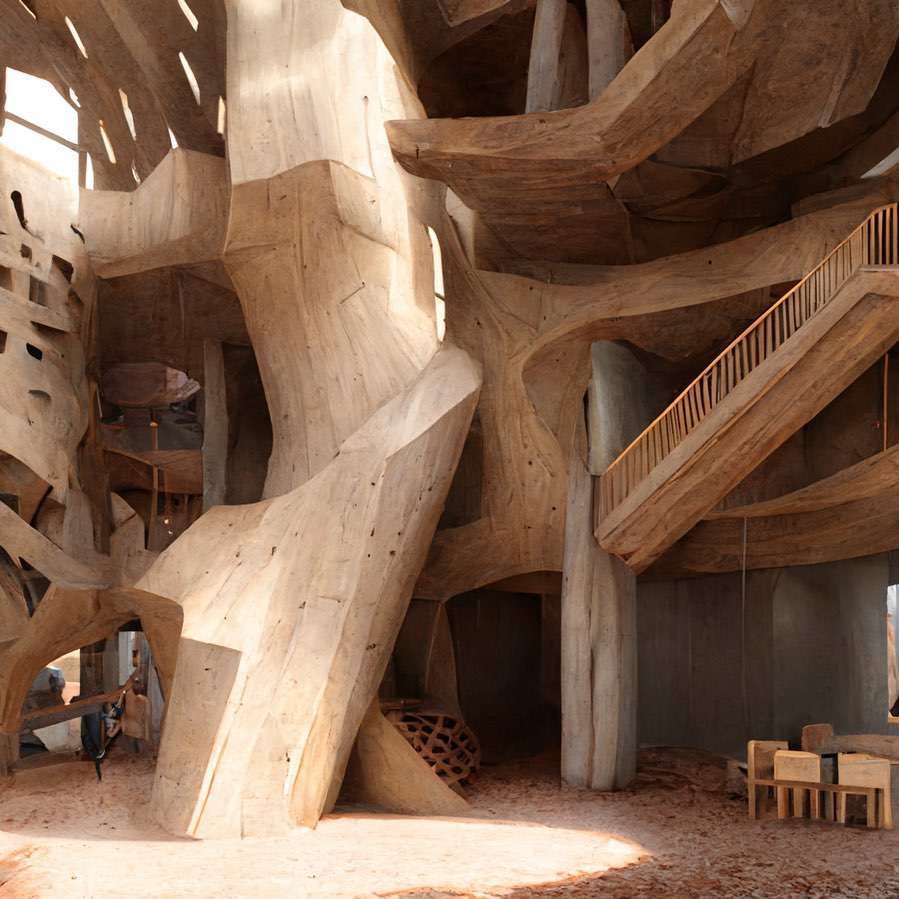
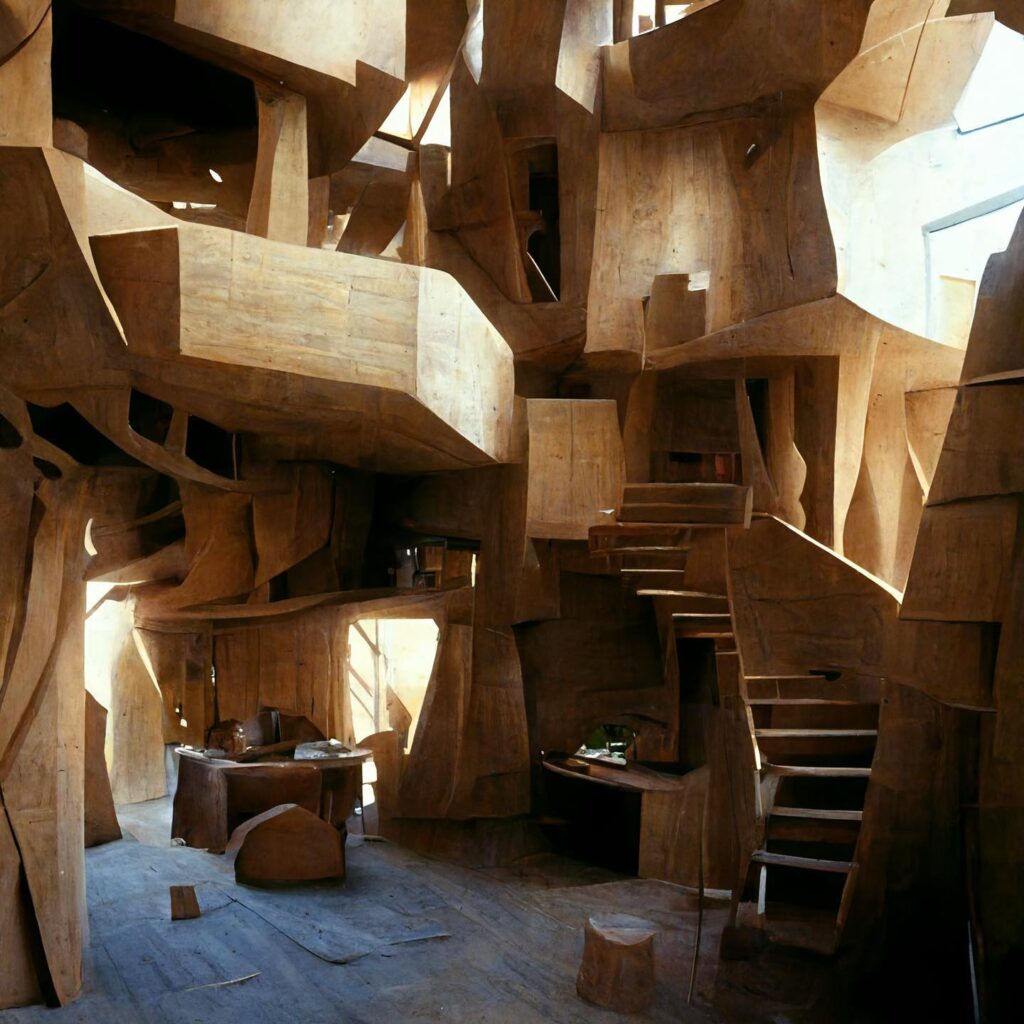


There are a few things one can imagine generative AI could be helpful with, like the pre-design phase, where the need for conceptual work is of great importance and where AI generative tools could prove to be of an outstanding assistance, for example in increasing the time efficiency or simply boosting creativity. Like in the example below, where dr.cgi has been running some experiments with concrete facade structures.
Urban planning will also benefit from the prompt-based technology, i.e. imagine designing roads or houses using local maps, codes, traffic patterns, and other important data updated in real-time. With the cities population rising from one year to another and soon to be reaching around 70% of all of us living in the urban areas, the need for smart cities with space effective solutions will only be greater. The AI will make necessary things possible in no time. The future is now, as algorithms are already creating better buildings or space designs straight from our dreams, like the ones created by Hajar Ali (@reverse.orientalism). Go big, or go home!
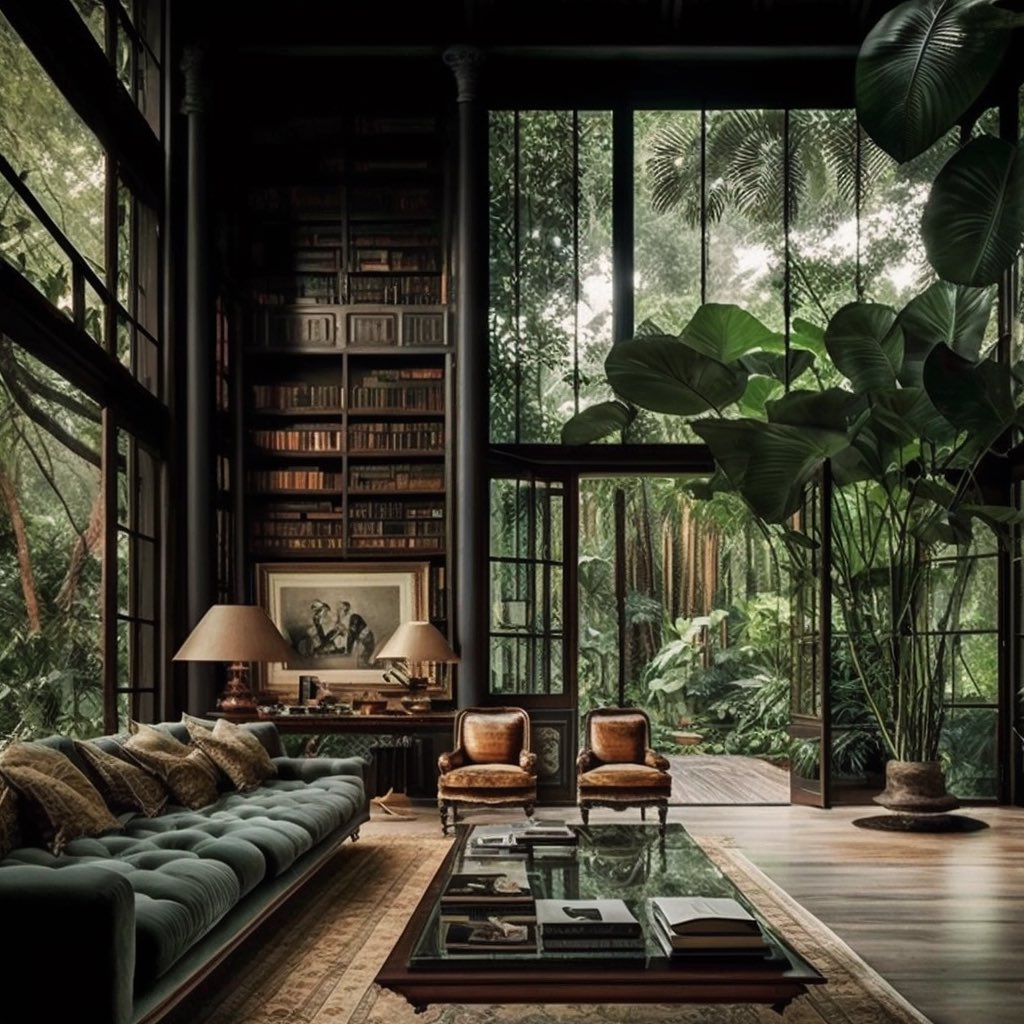
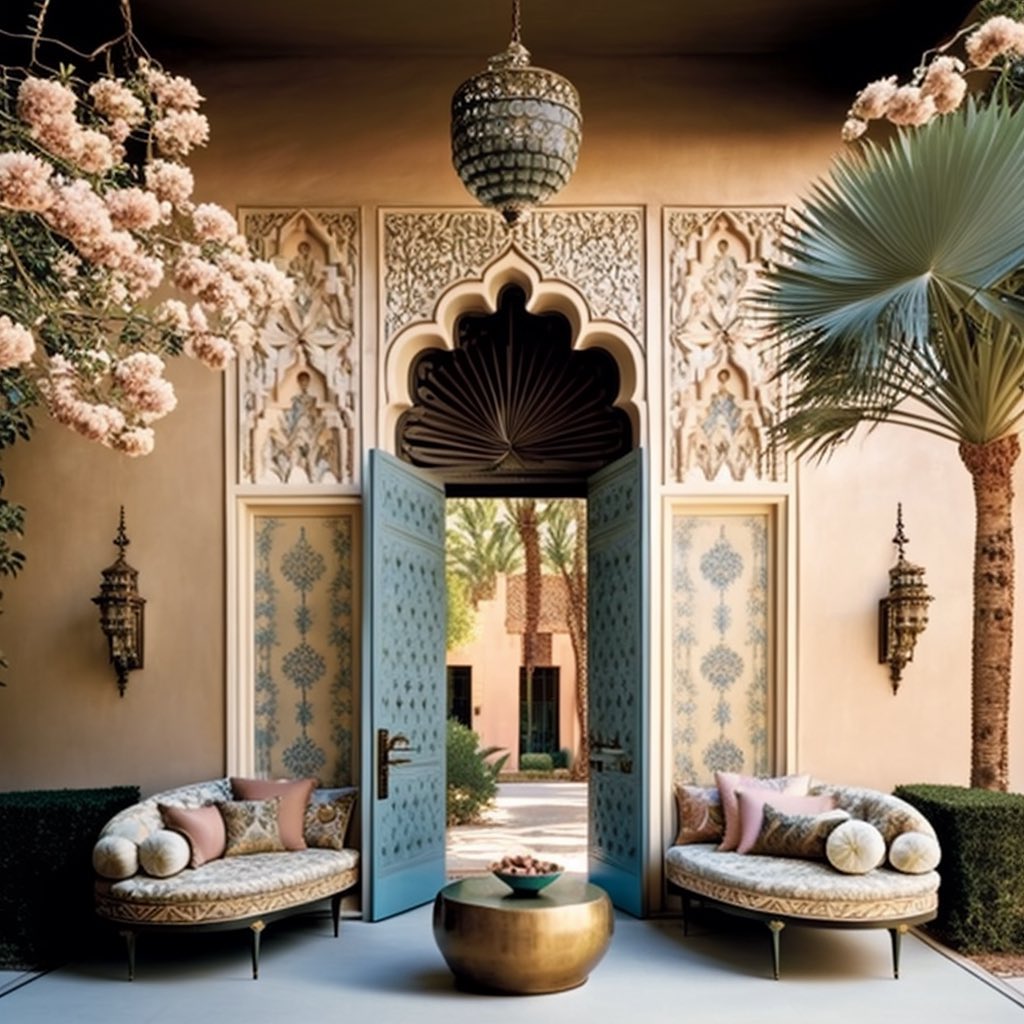

We have taken a closer look at the architectural adaptations of the generative AI, concepts, artworks and text-to-image use cases. Thanks to CAD (computer-aided design), AI text to image tools like Midjourney or Stable Diffusion, algorithms can help refine and generate novel designs, and elevate the architects to a whole new level, i.e Harshdeep Arora‘s Urban Stacking | Shipping container inspired apartments, recycling & reusing waste containers to create new typology of neighbourhoods.
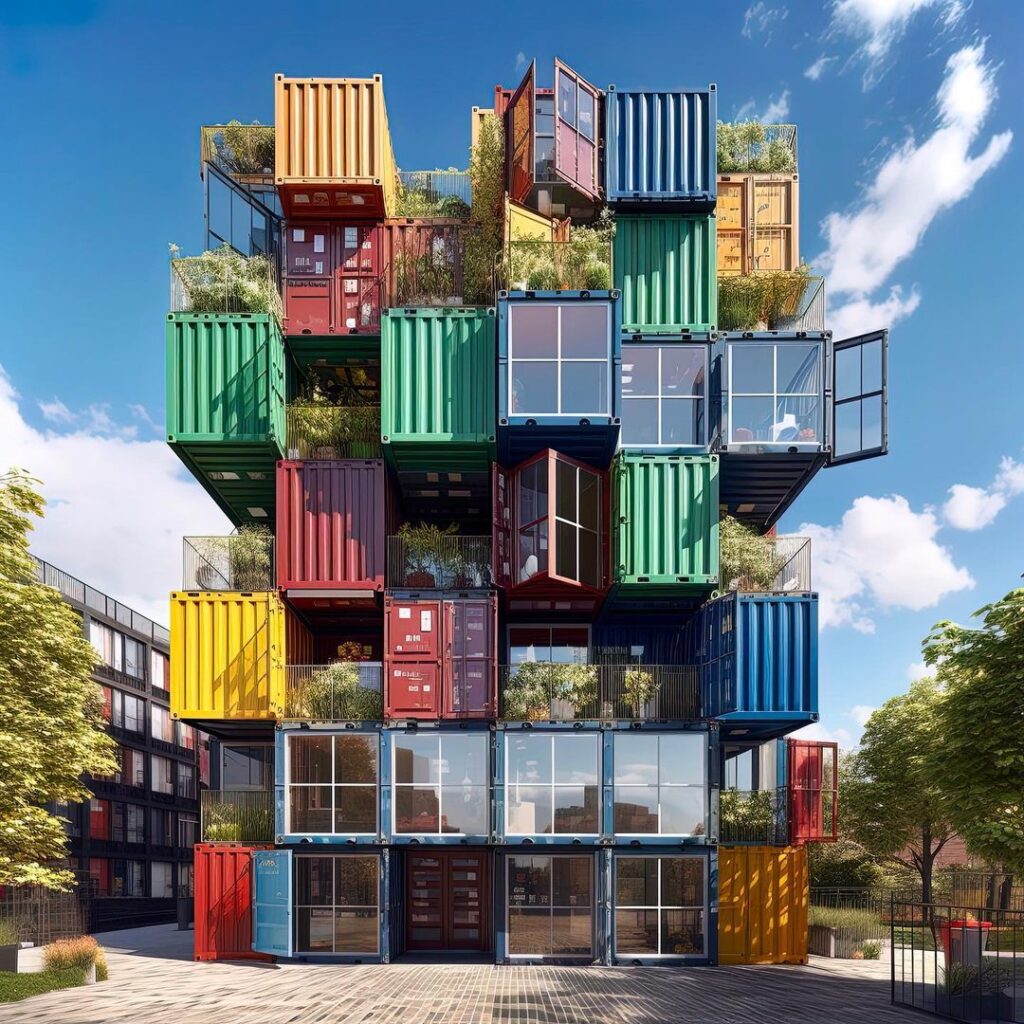
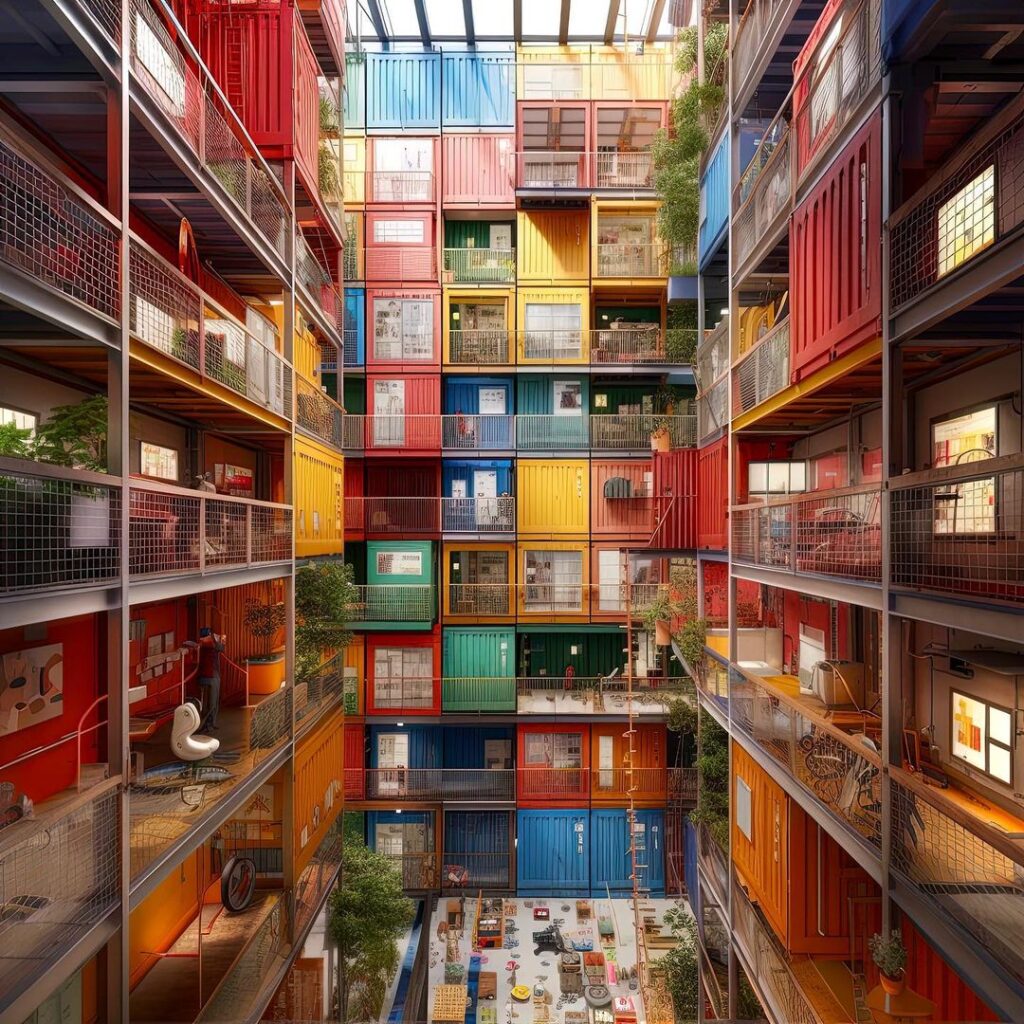
or completely out of this world, Tokyo takeovers by Andrés Reisinger.

